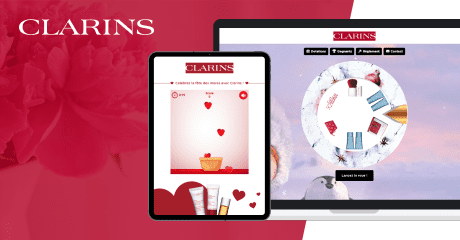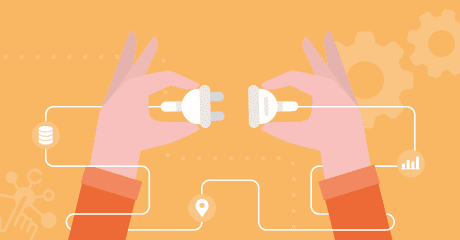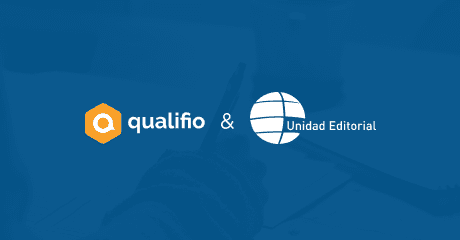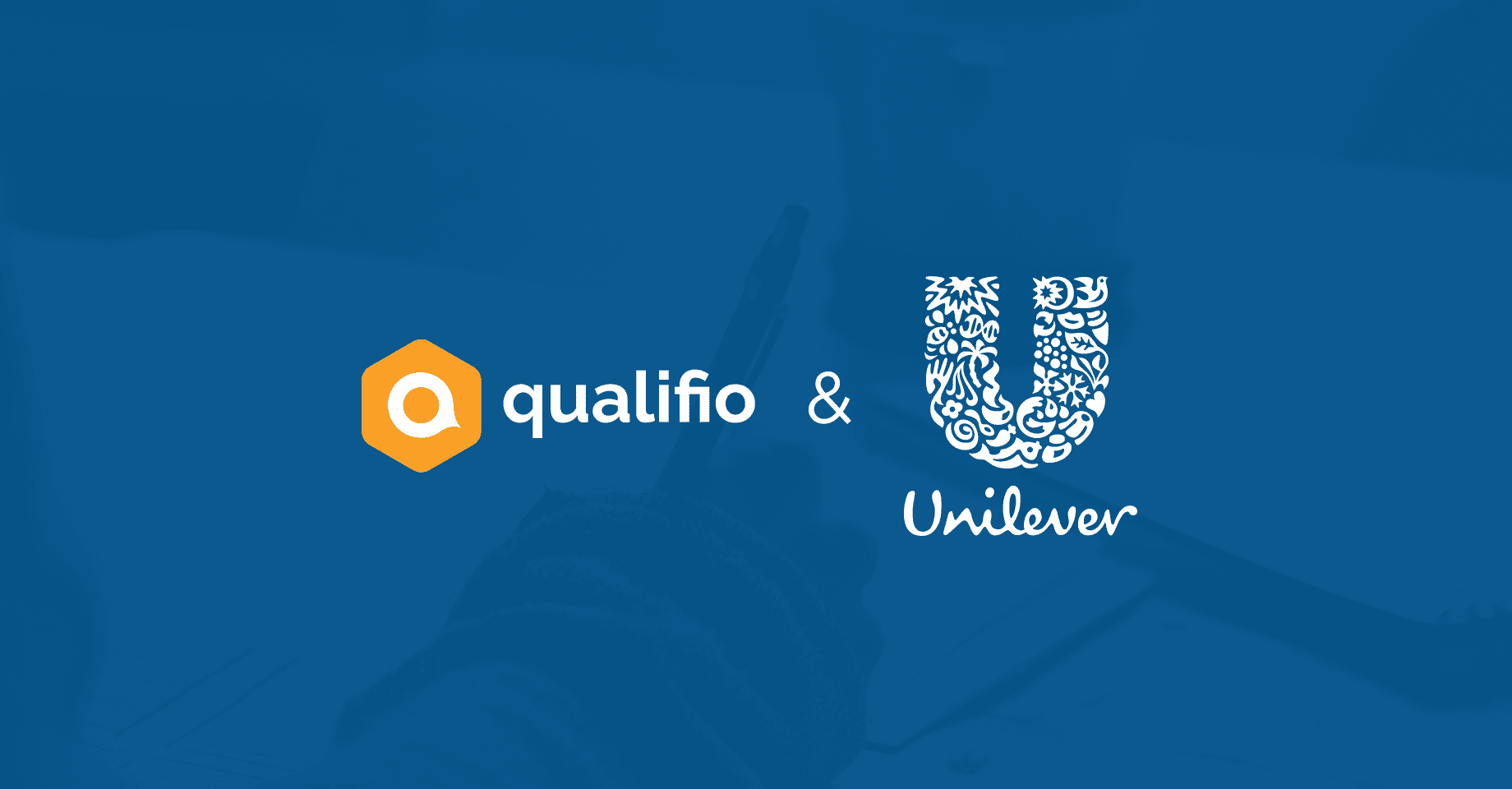Google PAIR: what impact for brands and advertisers? Here’s what the experts think
Has the cookie crumbled?
Two factors are currently having a significant impact on all industries who have skin in the digital marketing and advertising ecosystem:
- 🤫 consumer privacy regulations
- 🍪 the end of third-party cookies
Companies are therefore having to rethink how they’re collecting data, what data they’re collecting and how they’re using it. Many have long depended on third-party cookies to manage their online advertising and to gain insights about their audience. But those days are soon over.
So what’s next?
And the winners are …
The front-runners are undoubtedly first-party data and zero-party data. These data buddies are helping brands to get to know their audience better, engage with them, provide them with a better brand experience and retain them. By establishing a value exchange with their customers and prospects, and by offering something in exchange for their first- and zero-party data, companies are able to build meaningful relationships with their audience that are based on trust, and thrive in the cookieless world.
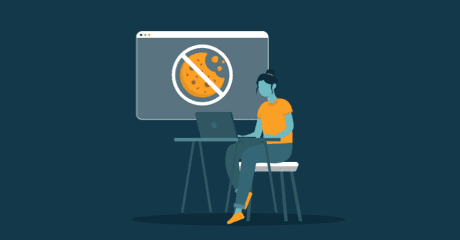
As a famous NFL coach once said “the future is now” and the current predicament a lot of brands find themselves in is no exception. Those who adopt a ‘wait-and-see’ attitude to the end of third-party cookies will not survive. Those that will thrive are taking an active stance in already making the transition and are recognising that consumers want transparent, meaningful relationships with the brands they care about.
What is Google PAIR?
In light of this, the big internet players are also preparing their solutions for the cookieless world. Google have recently announced that from 2023 they will be launching PAIR: “Publisher Advertiser Identity Reconciliation”. This new solution will be a new way for advertisers to power their advertising using first-party data.
The premise of this new solution is two-fold:
- a lot of businesses already have a lot of data in their systems, so they want to make the most of these existing customer relationships and the information shared by their audience, to further improve their brand experience.
- customers want to see relevant adverts on the websites they visit. Consumers today are inundated by marketing messages, so being able to cut through the noise and only see adverts that they’re interested in is a huge advantage.
With their new solution, Google are betting on first-party data to be the best privacy-preserving, future-proof way of connecting with customers.
How will Google PAIR work?
PAIR will give publishers and advertisers the option to securely and privately reconcile first-party data for audiences who have visited the website of both parties. This will happen via aggregation and will reconcile encrypted first-party data that is unique to both sites.
This aggregated data will only be readable and meaningful in the limited context of this direct relationship between a publisher and an advertiser. The first-party data is encrypted 3 times: with a key for the publisher, a key for the advertiser and a shared key, thus preventing any data leaks as no user-level data or PII is shared.
Google PAIR is similar to other Google systems, such as Google Customers Match, but with key improvements and nuances:
- the main difference is that the data isn’t pooled, it’s aggregated.
- the first-party data is matched against the publisher’s data, not Google’s.
With PAIR, Google acknowledges that marketers that “effectively use first-party data can generate double the incremental revenue from a single ad placement, communication or outreach”. So their aim is to provide brands with a multi-faceted approach to marketing, without everything being pinned on third-party cookies.
What’s in it for all parties involved?
- 📲 Advertisers: they will not be tracking users across the web and can show only relevant adverts to high-intent audiences. This means they’ll be more likely to hit their performance objectives whilst respecting consumers’ privacy and maintaining trust for their brand.
- 🗞 Publishers: they’ll be able to engage their existing and known customers, and to re-capture cart-abandoners.
- BOTH: there is no data-pooling so both parties retain ownership and control of their data.
- 🛒 Consumers: they will only be seeing adverts that are relevant to them. For example, footwear retailer, Bonpied, and publisher, Bon Matin, have a PAIR agreement. When Mr Dupont buys a pair of shoes from Bonpied and signs up for their newsletter, the next time he visits the Bon Matin website, he will only see targeted ads from this brand, rather than the usual avalanche of adverts he’s not interested in.
Here’s what the experts think
At Qualifio we have always been convinced of the power of first-party and zero-party data and believe that these types of data are best collected with interactive marketing campaigns, such as quizzes, contests, games and surveys.
Keeping in mind the fact that there aren’t any practical cases to analyse yet of Google PAIR, we’ve spoken to experts from Qualifio and our customers to hear what they think of the solution.
Antonio Mellado, IT Business System Analysis Experience Professional at Nestlé
“The solution allows consumers to choose which info they want to receive, enabling companies to avoid spam (also keeping in mind the fingerprint in consumption). With consumers increasingly exposed to digital scams and fraud, having this certified solution will empower the digital ecosystem with more confidence and trust.
One challenge that I see so far with this type of technology is, as advertisers, how will we be able to personalise the adverts for a consumer profile, without being generic? And how will we inform users about this new technology?”
Laurent Mélon, CTO at Qualifio
“This looks to be a very technical solution for which we don’t yet have many implementation details.
There seems to be a heavy reliance on a DCR, which could increase the cost, complexity and add a third-party to the system. So it’s not yet clear to me what PAIR is bringing to the table compared to a classical DCR who already claim they can reconcile publisher and advertiser data in a privacy-preserving way.

What this solution does highlight is the importance of first-party data for both media groups as publishers, and brands as advertisers, and that makes Qualifio more relevant than ever.”
Antonio Molina Cubero, CMO at Qualifio

“This announcement is typical of Google, they’re giving hints about the direction they’re moving in but aren’t provided any technical details. They’re suggesting where they’re going but not telling people “you have to do this”.
The shift to a cookieless world is proving to be slower than planned, but to be honest that’s to be expected. The scope and scale of the change ahead is so big, the whole ecosystem is being changed. So it’s good they’re taking their time – it’s giving everyone time to prepare and plan for the cookieless future.
From this announcement, it is clear that the focus in the coming years will be on first-party data and privacy. So this new solution is more of an add-on to their Privacy Sandbox than something completely new. I’m curious to see how it unfolds when publishers and advertisers start using it!”
Laurent Hauben, DPO at Qualifio
“Companies active in the digital ecosystem are on the lookout for a solution that will help them to stand out from the crowds in the cookieless world. Google is no exception, so PAIR is their first-party data answer for the market. But what is the difference with other cookieless solutions? I’m thinking of some innovative DMP platforms for example.
Unlike other solutions that “simply” replace the cookie as the means of identifying a visitor, PAIR relies on a matching algorithm between first-party data of both advertisers and publishers. The main advantage is it can be used with any SSP as advertisers and publishers are not bound to a Google intermediate user ID and remain in control of their own data. The counter-part is that the dataset will be limited to the first-party data provided by both parties and not more data.
From a privacy and GDPR point-of-view, the solution seems promising as it uses 3 encryption keys, owned respectively by the advertiser, the publisher and both. Furthermore, the solution is fully based on first-party data and doesn’t expect a third-party ID to be collected.”
Olivier Simonis, Co-founder & Chairman of the Board at Qualifio

“PAIR should only be seen as part of the solution to replace third-party cookies. It will allow advertisers to touch an audience they already know. So if their goal is to extend their reach and generate new leads, this isn’t the tool they’re looking for.
Isn’t what Google is offering already available with a DCR? I guess the advantage of Google is that the majority of publishers (over 70%) already run on Google’s SSP solution, so the integration of data between PAIR and SSP will be easy.
The clear advantage here is for brands: PAIR will help them to boost their data capture strategy. How? By collecting first-party data with Qualifio’s interactive campaigns, then directly re-engaging this audience via PAIR on a publisher’s media assets.”
Conclusion
As you can see from the opinions we’ve gathered so far, a lot of questions still remain around the launch of Google PAIR. And although the initial description looks promising, this new solution has a lot to prove. So we’ll be keeping an eye on how this solution is used by publishers and advertisers over the coming months. Make sure you check back in as we continue to work with the leading brands and media groups across Europe on their data collection strategies.
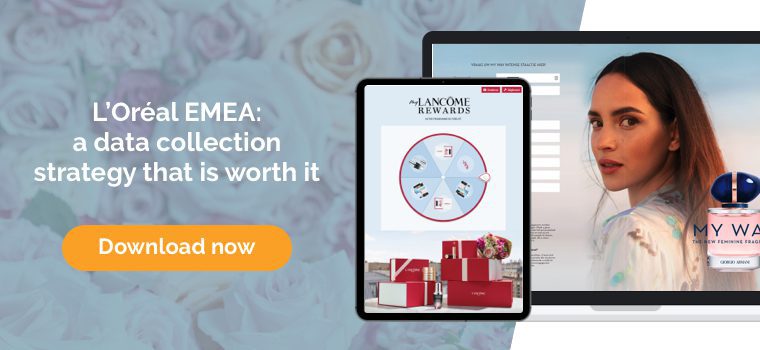
Find out why L’Oréal have a data collection strategy that is worth it!
Did you know Clarins is using interactive marketing and data collection to implement their ‘phygital’ strategy?
